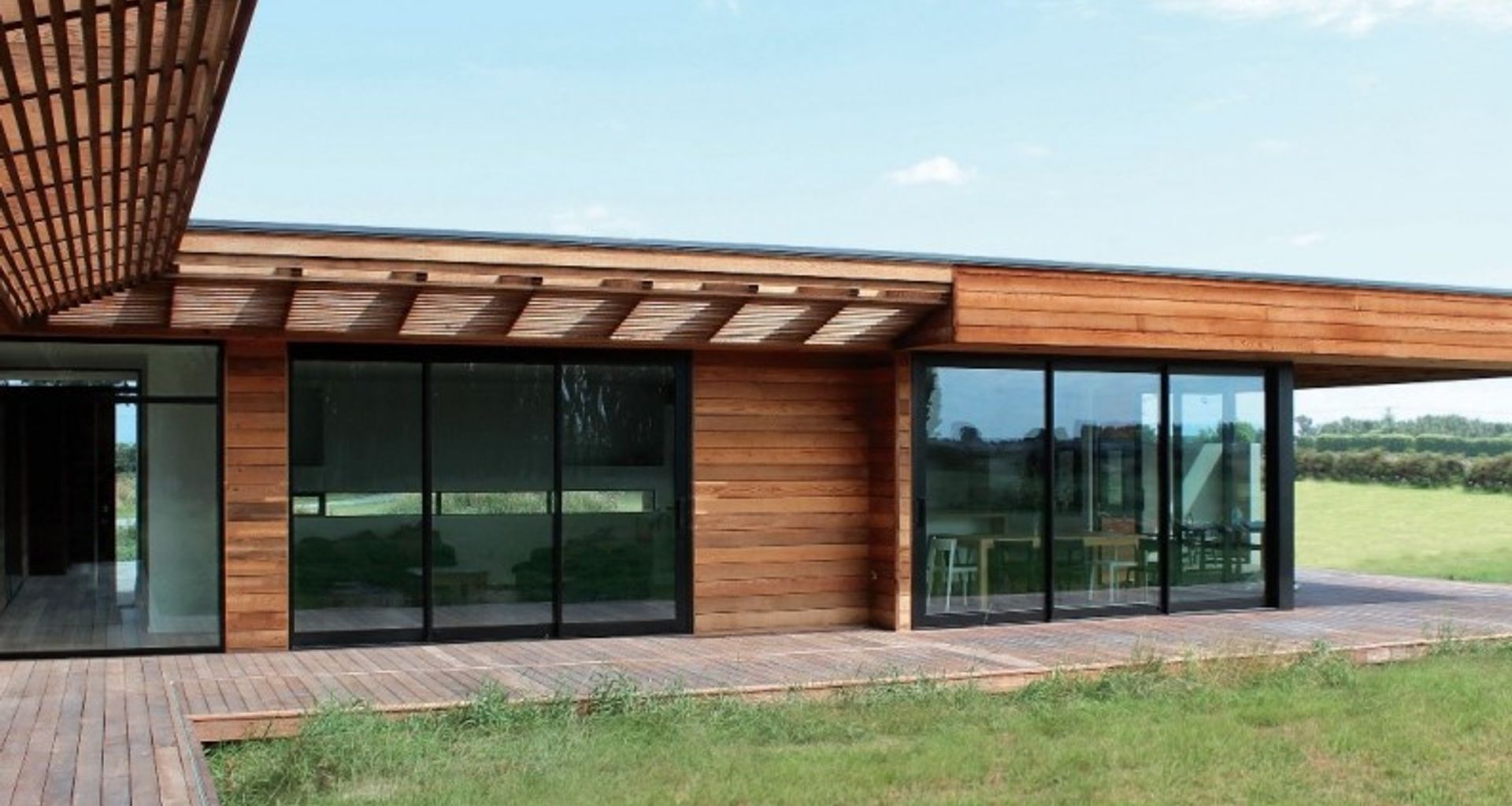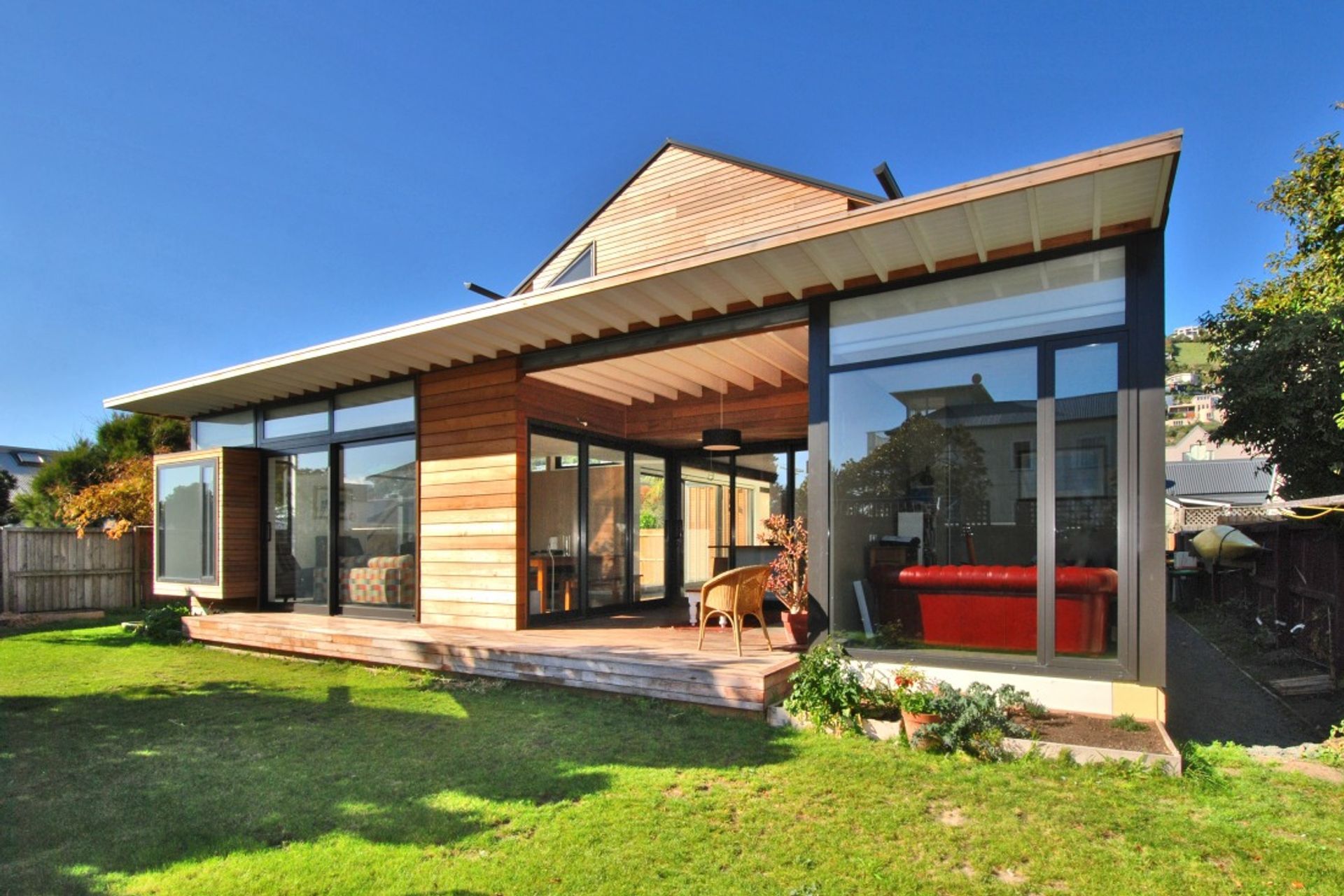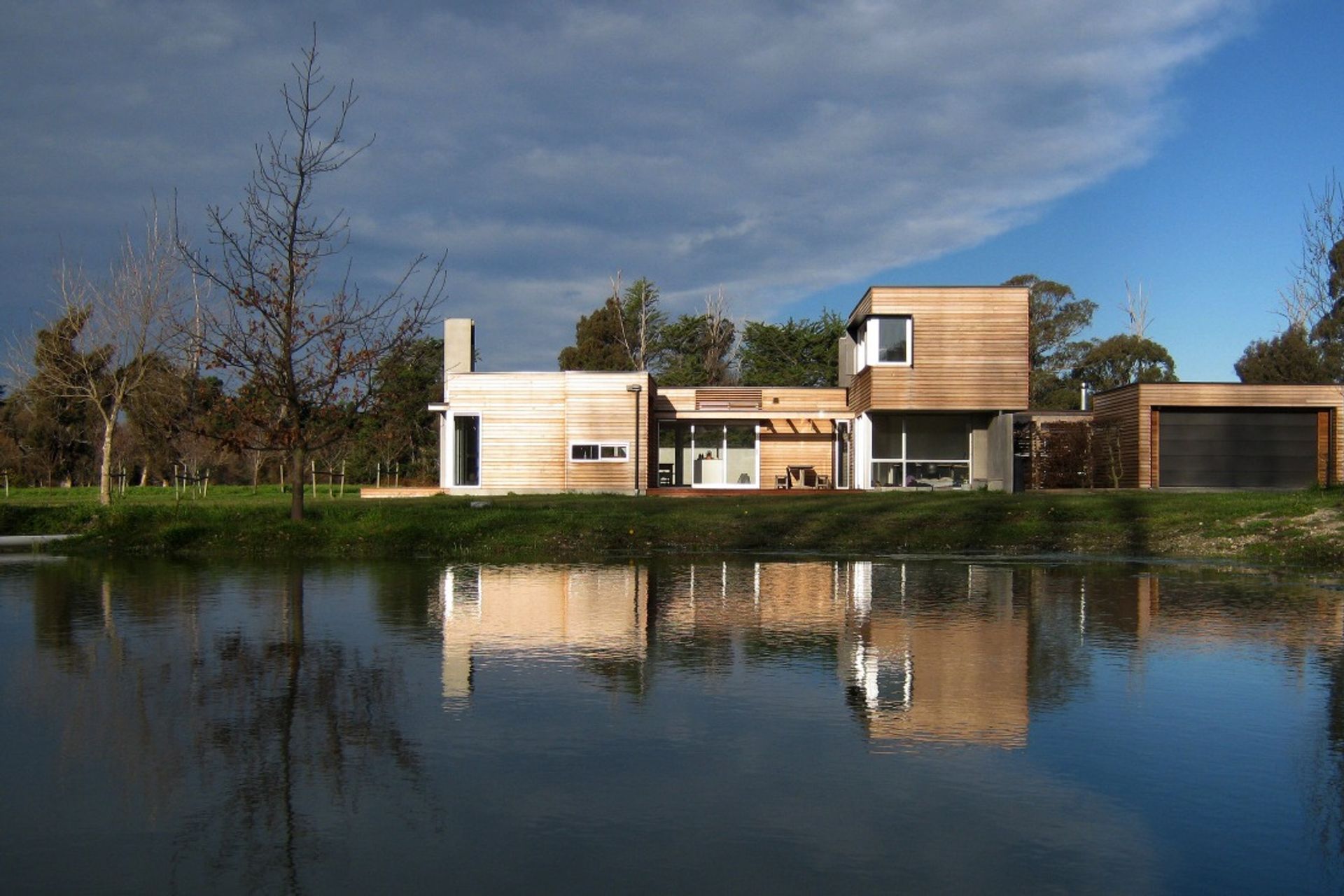Taking the green road: a holistic design process
Written by
15 August 2017
•
5 min read

Sustainability in residential architecture is a holistic concept that has roots in every aspect of the design process, including the location of the project, who it is being designed for, how those people live and how they plan to inhabit the dwelling.
“The first thing to look at in regards to taking steps towards sustainability is the location of the project. Do the clients want to live rurally or in an urban setting? How close is the site to amenities? Will they have to use the car every time they want to go somewhere or can they sometimes walk or cycle to their destination?” It is these types of questions Christchurch-based architect Wulf Borrmeister says are some of the first to consider when taking a holistic view of sustainable design.
From there, the site will determine the impact of the use of resources during the build. For example, Wulf says, if the terrain is flat less resources will be used compared to a steep undulating site where the complexity of the build is heightened meaning more skills are needed, which translates to more staff travelling to the site, potentially more machinery, and more complex building methodologies including a wider array of materials.
“The next thing to think about if you’re looking at a holistically sustainable approach is the size of the dwelling. We always encourage clients to build appropriately-sized homes. If a couple is wanting to develop a mansion with five or more bedrooms, for example, that wouldn’t be considered an appropriately-sized house,” Wulf says.
“We like to look at quality rather than size, which means looking at the way spaces are used. We try to reduce any wasted space and minimise circulation areas through design by incorporating multi-use areas within the home such as a living area that can also be used as a study, for example.”
Sun control and natural ventilation are aspects of design that don’t cost the client anything and can dramatically increase the home’s passive heating and cooling. “For example, we always like to look at using a sufficient roof overhang to provide shading in summer but to balance that against allowing sun to penetrate the house in winter. External moveable shutters are another way to do this and allow for the client to adapt the house depending on the time of day or season. We also carefully consider the positioning of window and door openings to encourage natural cross-ventilation”
Material choice is an important part of sustainable living too. This can mean simply using natural or sustainable materials, or it can incorporate the concept of utilising materials that will last by choosing quality at the outset. “We like to try to minimise the number of materials used and keep it as simple as possible while also favouring natural materials such as timber, stone, bricks, or to some degree concrete” Wulf says.
“Material choice goes further than that though; it’s about looking at what sort maintenance is required and considering choices that require less maintenance such as cladding that requires non or only very little treatments rather than options that demand regular repainting, for example.”
Choosing locally-sourced materials is another way to reduce the number of resources used in the building of a home, as well as choosing suppliers and tradespeople local to the project who will not have to travel long distances to get to the site.
“Wastage is another concept that is important when looking overall at sustainability. We like to encourage people to consider incorporating prefabricated building systems as one example, because these are generally created in controlled environments, which means there is less wastage during their production, and they require less construction time at the site.”
Inside, Wulf says small things can make a big difference when it comes to looking at passive solar gain and the reduction of resource use for heating and cooling. “Insulation is obviously crucial, but looking at incorporating areas that have a thermal mass to help heat and cool the home is important too. That may be a polished concrete floor or walls that are placed strategically in areas of the home where sun will hit them in winter, but in summer, where they will be shaded and instead of releasing heat accumulated during the day, they will help to cool the home.”
It is also important to consider the systems which are incorporated into the home, for example energy efficient lights and water efficient fittings and fixtures, not only reduce natural resource consumption but also reduce energy and water bills for the occupants.
Integrating systems such as rain water harvesting and solar power collection, if considered at an early stage of a design can be incorporated easily and assist in leading towards greater self-sufficiency for the occupants.
Considering aspects outside the home, to assist the occupants being able to reduce their impact on the environment through their day to day living is also important, this can be as simple as looking at spaces for recycling and compost, as well as vegetable gardens. This is important when taking a holistic approach, as it is not only creating appropriate spaces (which can often become an after-thought), but also encourages and provides the opportunity for people to live more sustainably.
Sustainability does not have to be a concept that incurs the client cost; rather, it is about clever design and a holistic view of the large picture – the client’s lifestyle, plans for the dwelling, material choice, and maximising the use of the site, sun and climate to reduce the home’s footprint.
If you’re interested in embracing a more holistically sustainable design, get in touch with Borrmeister Architects on ArchiPro here to discuss your ideas.


